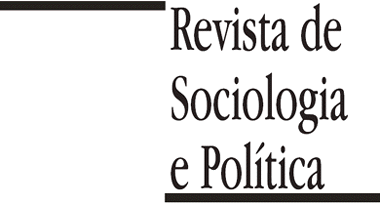Traditionally, public sculptures and monuments have been thought and constructed according to the logic of the powers that be, serving to disseminate and consolidate their perspective. On the Brazilian political scene, discussions of the iconographic proposals of European nazi-fascist and communist parties began in the period between the two world wars and continued through the end of the Vargas regime, a politics that affirmed concrete symbols of nationality and power. This article discusses this authoritarian heritage through a study of monuments erected in city squares in Curitiba, seeking to understand how the ideas and political environment of that period informed the visual solutions that were devised. A study of the reception of images aids us in our attempt to comprehend the relationship between a population and the status quo, as well as the internal struggles that went on during the period, frequently camoulflaged by debates that were posed as "merely" aesthetic.
art; power; public sculpture; art and politics; authoritarian aesthetics
